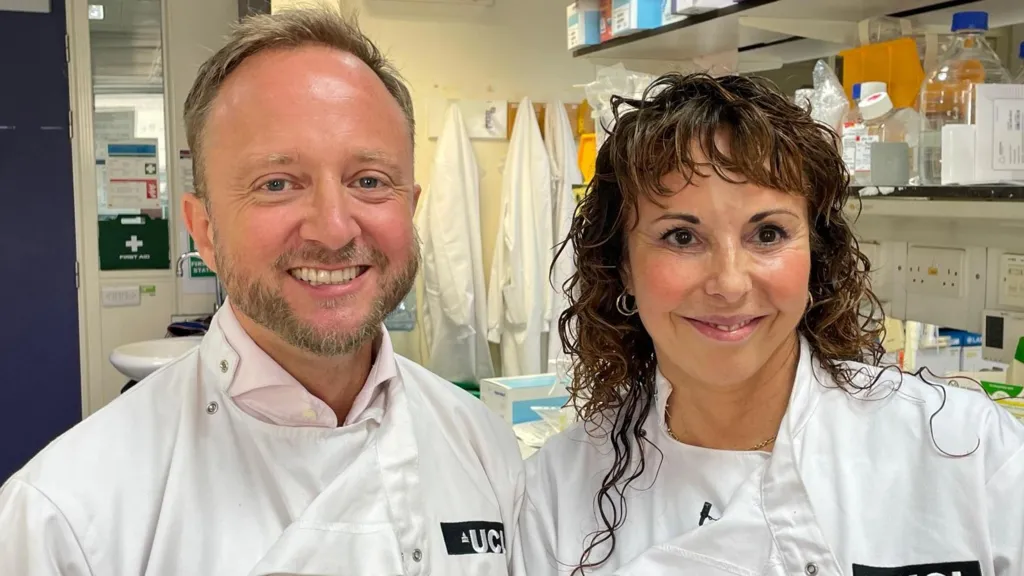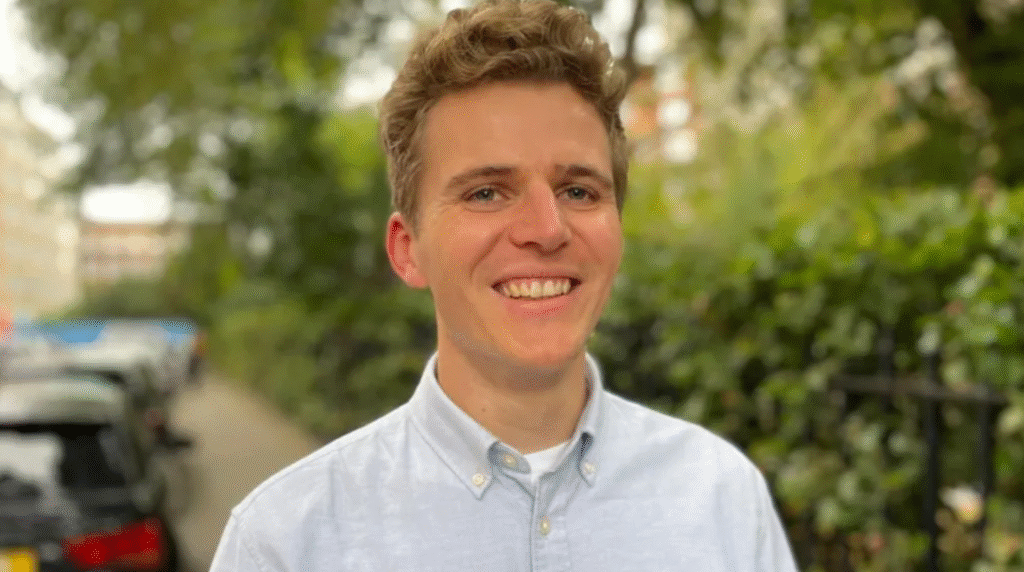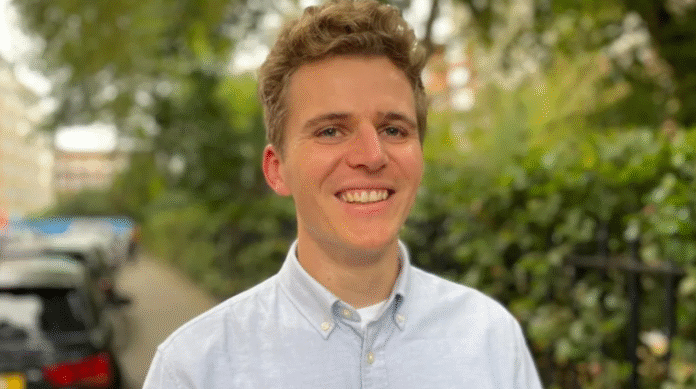Huntingtons Disease Breakthrough: A Historic First in Medical Science
The world of medicine is witnessing history with a major Huntingtons disease breakthrough. For the very first time, doctors have successfully slowed the progression of one of the most devastating inherited brain disorders. Huntington’s disease, which destroys brain cells and combines elements of dementia, Parkinson’s, and motor neurone disease, has long been considered incurable.
Now, scientists report that new gene therapy treatment has slowed the disease’s decline by an astonishing 75%, marking a moment many experts describe as “spectacular” and “life-changing.”

Understanding the Huntington’s Disease Breakthrough
The results come from a clinical trial involving 29 patients. According to data, the decline that typically happens within one year would now take four years with this therapy. That means decades of better quality life could become a reality for patients.
Professor Sarah Tabrizi, director of the University College London Huntington’s Disease Centre, described the results as beyond expectations:
“We never in our wildest dreams would have expected a 75% slowing of clinical progression.”
The findings provide a profound sense of hope for families devastated by this disease, many of whom have lived for generations under the shadow of Huntington’s.
How the Huntington’s Disease Breakthrough Treatment Works
This Huntingtons disease breakthrough relies on an advanced form of gene therapy delivered directly into the brain. The process takes 12 to 18 hours of delicate neurosurgery under real-time MRI guidance.
Here’s how it works:
-
A harmless virus is engineered to carry a small piece of specially designed DNA.
-
Surgeons infuse the virus deep into the brain regions most affected by Huntington’s – the caudate nucleus and putamen.
-
Once inside brain cells, the DNA triggers production of microRNA, which “silences” the faulty huntingtin gene responsible for producing toxic proteins.
-
This dramatically reduces the levels of the damaging protein that kills neurons.
Essentially, the patient’s brain cells are turned into factories that protect themselves, halting the otherwise relentless destruction.
Lives Already Changing After the Huntingtons Disease Breakthrough
Though still early, the impact of this therapy is already visible in patients. One individual who had retired early due to symptoms has returned to work. Others, who were expected to be in wheelchairs by now, are still walking.
Jack May-Davis, a 30-year-old barrister’s clerk from the UK, carries the faulty gene that causes Huntington’s. His father and grandmother both died from the disease. Speaking about the trial, Jack said the breakthrough was “absolutely incredible” and allowed him to believe his life could be much longer than he once thought.
His testimony illustrates how this development is not just medical, but deeply personal for families touched by Huntington’s.
The Science Behind the Huntingtons Disease Breakthrough
Huntington’s disease is caused by a mutation in the huntingtin gene. If one parent carries the gene, each child has a 50% chance of inheriting it. Once activated, the gene produces toxic proteins that destroy neurons.
The trial data revealed:
-
75% slowing in combined measures of cognition, motor skills, and daily living.
-
Reduced neurofilament levels in spinal fluid, indicating fewer brain cells dying.
-
Brain scans confirmed a slower rate of tissue loss compared to untreated patients.
Neurologist Professor Ed Wild, also from University College London Hospitals, admitted the results moved him to tears. He emphasized that three years ago, such an outcome was unimaginable.

Challenges of the Huntingtons Disease Breakthrough
While the results are groundbreaking, the treatment won’t be simple to roll out widely.
-
Surgery complexity: The procedure requires long, high-risk neurosurgery.
-
Cost: Gene therapies are notoriously expensive. For comparison, the NHS currently funds gene therapy for haemophilia B at £2.6 million per patient.
-
Inflammation risk: Some patients developed side effects such as headaches or confusion due to viral inflammation, though these were treatable.
Still, experts believe the therapy should be permanent, since brain cells do not renew in the same way as other tissues.
The Road Ahead for the Huntingtons Disease Breakthrough
Pharmaceutical company uniQure, which developed the therapy, plans to apply for US regulatory approval in 2026, with launches expected soon after. Talks with UK and European regulators will follow.
Globally, around 75,000 people currently live with Huntingtons, while hundreds of thousands more carry the gene and will eventually develop it. This therapy could transform lives on a massive scale.
Professor Tabrizi already envisions extending trials to young people who carry the gene but have no symptoms yet, in the hope of preventing the disease entirely.
Why This Huntington’s Disease Breakthrough Matters
The Huntington’s disease breakthrough represents more than a medical advance, it’s a message of hope. For decades, families watched loved ones suffer knowing no cure was available. Now, the trajectory has shifted.
This is also a milestone for genetic medicine. Success here could pave the way for therapies targeting other incurable neurological conditions, offering hope to millions beyond the Huntington’s community.
Conclusion: A Turning Point for Huntington’s Disease
The Huntingtons disease breakthrough has shown what once seemed impossible, slowing the disease’s progression by 75%. While challenges around access, cost, and surgery remain, experts believe this is just the beginning of a new era.
For families who have lived under the shadow of this cruel genetic disorder, the future suddenly feels brighter. What was once a life sentence may now become a manageable condition, offering decades of quality life that were previously unthinkable.

